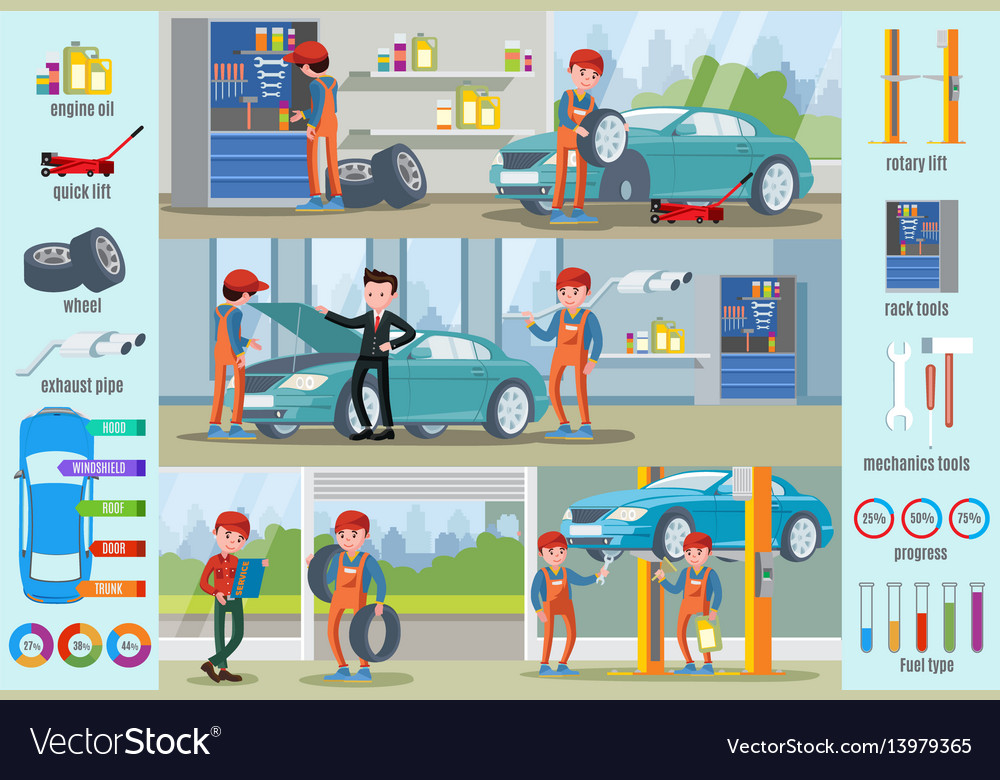Recognizing Your Auto'S Caution Lighting: What Do They Truly Mean?
Recognizing Your Auto'S Caution Lighting: What Do They Truly Mean?
Blog Article
Created By-Hartley Torres
When you lag the wheel, those glowing warning lights on your control panel can be a bit perplexing. Do you know what they're attempting to inform you about your cars and truck's health and wellness? Understanding the relevance of these lights is crucial for your security and the long life of your automobile. So, the following time among those lights appears, wouldn't you want to understand its message accurately and take the necessary steps to address it?
Common Warning Lighting and Interpretations
Recognize usual caution lights in your cars and truck and understand their definitions to make sure risk-free driving.
The most normal warning lights consist of the check engine light, which indicates concerns with the engine or emissions system. If this light comes on, it's vital to have your lorry inspected quickly.
https://brake-rotor-replacement-c29506.weblogco.com/32205007/extremely-hassle-free-mobile-cars-and-truck-describing-services-not-only-save-you-money-and-time-but-likewise-boost-your-lorry-s-durability-uncover-how-they-can-change-your-regular alerting light shows low oil stress, needing immediate attention to stop engine damages.
A blinking battery light might recommend a defective charging system, possibly leaving you stranded otherwise resolved.
The tire pressure tracking system (TPMS) light informs you to low tire stress, impacting car stability and gas performance. Disregarding this could lead to hazardous driving conditions.
The abdominal light suggests a problem with the anti-lock braking system, endangering your capacity to stop quickly in emergencies.
Lastly, the coolant temperature level alerting light warns of engine getting too hot, which can lead to severe damage if not resolved promptly.
Understanding engine bay wash near me will help you address issues without delay and keep safe driving conditions.
Significance of Prompt Interest
Recognizing the common caution lights in your automobile is just the first step; the significance of immediately resolving these warnings can not be emphasized sufficient to guarantee your security when traveling.
When a caution light illuminates on your control panel, it's your vehicle's way of connecting a potential concern that needs interest. Disregarding these cautions can result in much more extreme troubles down the road, endangering your safety and security and possibly costing you a lot more out of commission.
Trigger attention to advising lights can stop failures and mishaps. As an example, a blinking check engine light might show a misfire that, if left ignored, could trigger damage to the catalytic converter. Resolving this without delay can save you from a pricey repair.
In a similar way, a brake system alerting light might signify low brake fluid or worn brake pads, important parts for your security when driving.
DIY Troubleshooting Tips
If you discover a caution light on your dashboard, there are a couple of DIY troubleshooting tips you can attempt prior to seeking professional aid.
The primary step is to consult your automobile's handbook to recognize what the specific caution light indicates. Often the issue can be as straightforward as a loose gas cap causing the check engine light. Tightening the gas cap might settle the trouble.
One more common issue is a reduced battery, which can cause various cautioning lights. Checking the battery links for rust and guaranteeing they're safe might deal with the trouble.
If a caution light persists, you can try resetting it by disconnecting the vehicle's battery for a couple of minutes and then reconnecting it. Furthermore, inspecting your vehicle's fluid degrees, such as oil, coolant, and brake fluid, can help repair advising lights connected to these systems.
Final thought
To conclude, understanding your vehicle's warning lights is necessary for maintaining your automobile running efficiently and securely. By promptly resolving these alerts and knowing what they mean, you can stay clear of expensive fixings and prospective failures.
Keep in mind to consult your automobile's handbook for certain information on each warning light and take action as necessary to make certain a hassle-free driving experience.
Stay informed, remain risk-free on the road!
